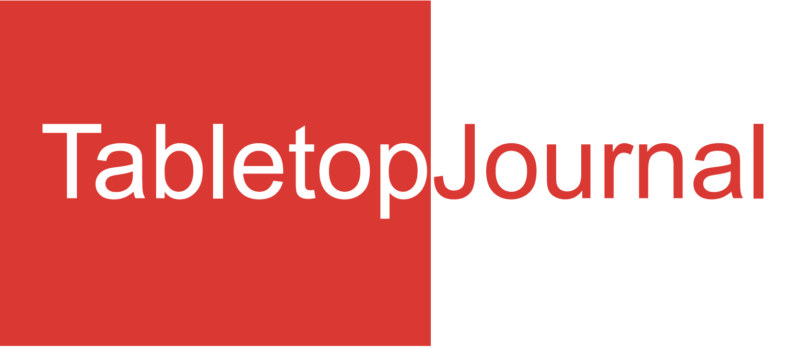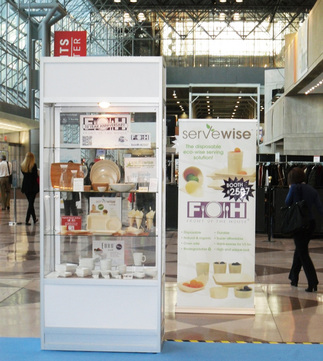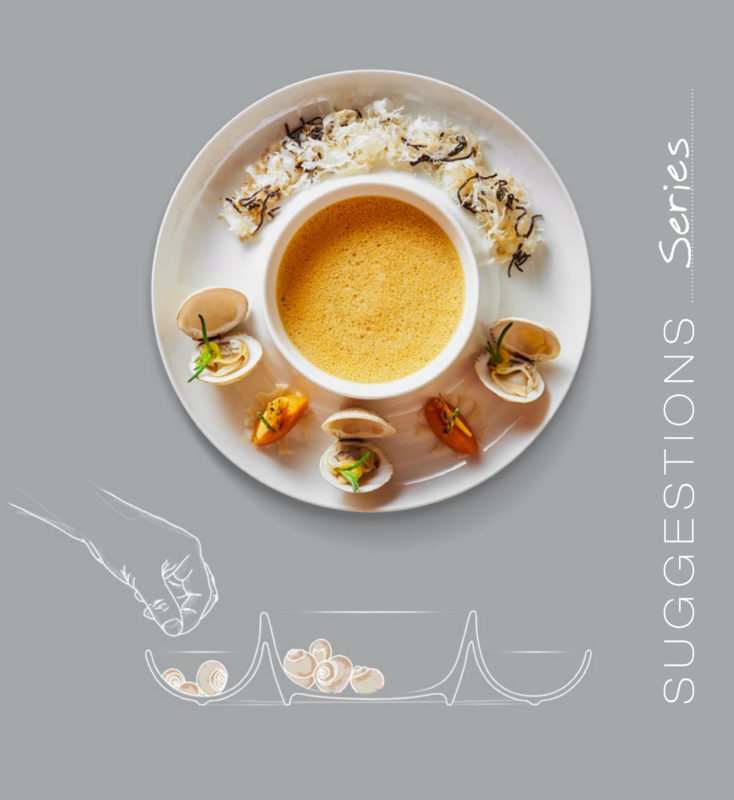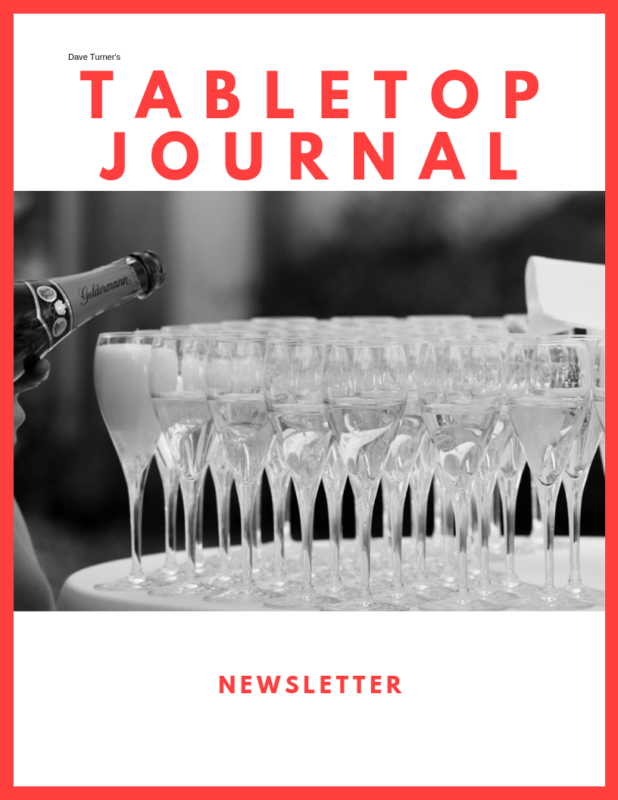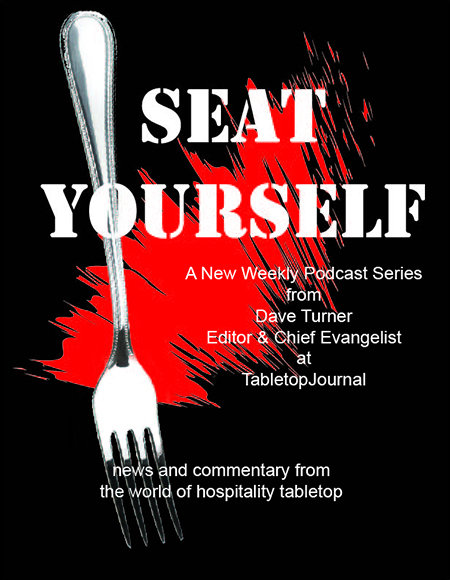Touring the tabletop exhibitor booths at the recent IHMRS Show in New York was a reminder of just how expensive it is to market a brand in America. With just the floor space running at a rate of $32-$38 per sq. foot, the smallest booth (10×10) will set a company back $3200 minimum. Add in a little drayage for moving your exhibit and materials in and out of the Javits Center and now you are well over $4000. And, of course, the per-person cost of food, lodging, entertainment, and other misc. costs can easily run over $500 per day. So, it’s tough to exhibit at Javits for under $10,000. And, that’s for the smallest booth possible.
Don’t get me wrong….that’s pretty much the going rate for shows and we can argue whether “such and such a show” is worth it or not, but the bottom line is that trade shows in the foodservice/hospitality industry are an expensive part of going to market, in America and around the world. Having spent a lot of money exhibiting at trade shows through the years, I totally understand when tabletop companies pause when considering trade shows anymore.
What I don’t understand is the tabletop companies who DO exhibit at trade shows and go without a plan, then complain that the show stinks. We heard a lot of that in New York from tabletop companies exhibiting there. There were approximately 75- 90 tabletop companies exhibiting at this show depending upon how you classify them and whether you include those companies not listed in the directory, but showing in the M. Tucker exhibit “area” (I do include them). How many of these companies truly had a real “game plan” for this show? (believe it or not, there were some tabletop companies that had “excellent” shows) On the flipside, how many tabletop companies just “showed up”…put up a booth, waited to see who might come by their booth, and then, would decide whether or not it was worth it?
TabletopJournal would recommend that any tabletop company planning to invest in exhibiting at a trade show (you DO remember that trade shows are an investment, not simply a huge cost…right?) consider formulating a basic plan, which begins months earlier.
Promotion of your brand during the show is important and few do it as well as Front of The House. Hmmm….probably about the time you have to send in your show space deposit.
Here are five tips for coming up with a basic strategy that should be helpful in making exhibiting at trade shows have an improved ROI:
1. Know why you’re going.
Sounds simple….but understanding WHY you’re at a show is critical. Are you introducing a new product? Rebounding from some difficult situation? Introducing new key management people or a new key strategy due to a merger or acquisition? Or, are you re-positioning or reinforcing your existing brand position?
Once you are clear as to why you’re there, make sure your trade show exhibit reinforces your overall marketing objectives. Make sure that your goals for the show are achievable and known by all members of your team. Then, finally make sure everyone knows how the show will be measured against those goals.
2. Prepare for success.
Determine what size booth you’ll need and, if it’s different then you have done previously, reserve that space early…and, then communicate both internally and externally why you’ve decided to make a change to better reinforce your marketing goals for that show. Early planning limits last minute chaos and extra costs.
Make sure that you design your booth to reflect the brand message you are attempting to communicate. If you have a major change in strategy or personnel, having a “quiet area” of your booth to discuss with press, customers, salespeople, etc. can be helpful to making sure the changes and why they are important are clearly understood. If you are having a major new product launch, make sure that the new product will be highly visible and you have information signage, along with plenty of collateral materials, brochures, leaflets, etc. Also, make sure that everyone in the booth is up to speed on all the particulars….you would be amazed at how many times our questions about new products are met with shrugged shoulders. If someone is working in your booth, they need to know the details and have access to the handout materials.
3. It’s about the people.
According to the Center to Exhibition Industry Research, 85% of success at trade shows depends upon the people working in the booth. If your booth personnel are unprepared, seem disinterested, or generally give a poor impression….it reflects poorly on not only the product that you are spotlighting, but on the overall brand image of your company. Remember, everyone – from the CEO on down – is a brand ambassador. Everyone working in a booth needs to well-versed in the goals of the show, be dressed appropriately and immediately recognizable to potential customers, and enthusiastic about being there (yes…even on the last day of the show!). The point about enthusiasm is critical. Make sure you have enough people working in your booth to give people occasional rests so everyone stays fresh and make sure that those involved with late night entertaining are not the first ones there in the morning.
Also, it’s usually the sales function that is typically sent to handle trade shows, but if you have administrative change or a manufacturing upgrade you are announcing (customer rebates, sales commissions, etc.) having the people actually involved really helps make sure the change will be understood well. Also, by making sure that you have the right match up of booth personnel, you will highlight how important the change or upgrade is to everyone’s success.
4. Having a system for generating leads….and making sure they are followed up on.
Most often the main reason for tabletop companies to exhibit at trade shows is to generate additional customers and additional business. Research shows that, in general, 79% of the leads generated at trade shows (of all types) are not followed up on. That may be hard to believe, but from talking to tabletop exhibitors, we would agree that, while varying from company to company, that rule applies also to tabletop companies in the hospitality industry.
So, let’s start with the generating booth traffic and, ultimately the leads which you will want to follow up on. Early on, once you have committed to exhibiting at the show, you will want to communicate the booth number and any overall brand message you want to say for that particular show. At a minimum, you will want to convey your general brand message and the fact that you are exhibiting.
Depending upon the timing, plan on several mailings to key customers and key potential customers, letting them know you’ll be exhibiting and giving them an idea of what to expect from you when they come by your booth. Postcards work fine here and are very cost effective. Finally, make sure that all your sales personnel have a target list of customers who they need to come by your booth and that they extend written or email invitations to those customers to come by your booth or attend your special event if you have one planned. Trade shows are fundamentally about increasing sales and customers, so sales needs to take the lead in making sure that every key customer and key target customer who is attending the show stops to hear your company’s message. Standing in a booth and hoping the Worldwide Food & Beverage Director or the VP of Purchasing who is in the next aisle will stop by your booth is not a strategy. If the key decision-maker for an account is attending the show, you want to make sure they come to see you.
Secondly, begin planning on what you want to have in your media kit for that show. Placing media kits in press area is “free” (ok…you paid for it with your booth costs-but at least you aren’t charged extra for placing your media kits with the press!) Trade shows are a very busy time for press people and you want to be sure to make it easy for them to understand your message. Sometimes, press releases are taken nearly word-for-word, so your message might get editorial exactly how you have written it. At a minimum, written press materials insure that specific facts (product names, delivery dates, personnel changes, etc.) get conveyed accurately. Press kits are also a way to build your general brand image within the press community. If you have two sheets of paper, stapled together describing a new product with no product image or a poor image….that says volumes about your company’s commitment (or lack of) to that launch. However, if you have a well-planned out press kit that has full product info, great product photos with hi-res images on CDs or thumb drives, complete info on the company and who to follow up with after the show, and finally, something simple that keeps all your materials together. You don’t have to break the bank here, a clear plastic folder with an elastic-type enclosure works fine. Keep in mind, everything you do in your press kit reflects on your company brand.
Here’s another secret about press kits….give one to everyone working in your booth and all salespeople. We often think of press kits as a tool forexternal communication….sometimes the internal communication is equally (or more) important.
Finally, the follow up for the leads is critical. Having one person in charge of all leads taken during the show insures accountability for all leads taken. That person should also insure that the lead gives the correct follow up instructions. Often, we’ve seen a lead with a customer’s name and contact info, but there’s no idea on what product the customer was interested in or what specific follow up is needed. A daily recap is also helpful during the show is helpful in case there is any lead that requires immediate action, perhaps even before the potential customer leaves the show. Having a product sample on a prospect’s desk when they return to their office is the type of follow-up that can make such a strong impression that your competitors don’t even get considered. And, remember, people attending trade shows see hundreds and hundreds of products and likely might not remember what they saw and where they saw it. Prompt and thorough follow-up helps keep you and your company top of mind with that potential customer.
Senior management or other appropriate personnel need to be in charge of distribution of the leads immediately after the show closes. When distributing to regional sales people, the company needs to keep the lead information also as it’s a good practice for the prospective customer to receive a note from both their local contact and the company headquarters, as well. Quick and complete follow up is essential since following up two months after a show doesn’t really help and you might as well save the money and not exhibit.
5. Post-show analysis.
Having specific show objectives and then measuring results against those objectives is the only way to continue to fine-tune your company’s trade show strategy. Various formal methods of measuring can be used such as ranking leads “A, B, or C” quality levels….and then placing them into a sales funnel to be able to track them as they journey from show lead to closed sale. The tabletop buying cycle can vary but often if a customer is looking for tabletop for a new opening, that opening is within the next 3-9 months. And, yes, we all know that there are customers out there that want delivery in 30 days for their new opening. So, being ready for a quick decision is important, as well.
Calculating return on your show investment based on business tied to leads comes from new customers or more business from existingcustomers. By doing the ROI calculation based upon adding 2 figures – both actual tabletop orders written and projected business (including a measurement of the likelihood of that happening) – several times over a period of time (say, a 12 month period) is helpful because sometimes the customer’s buying cycle may further out than we expect.
There are a variety of more subjective assessments when evaluating the ROI of a trade show. Top-to-top management meetings with key customers can happen more easily at trade shows, showing customers a wider array of your company’s products is easier at trade shows, samples of new products can be distributed quickly and at less cost at trade shows, and finally, trade shows are invaluable in either reinforcing the company’s brand message image or in changing it. Nothing changes how the industry views a company quicker than when you show up with a new and very different trade show booth.
In summary, while expensive, trade shows still offer great opportunity for tabletop companies of all sizes to further their objectives and grow their business. They still offer better potential results when compared to many other methods of marketing and promotion. The tips listed here may seem basic, but I can assure you that many companies do not practice them regularly. And, there are many more ways that could be added, but the most important thing is for exhibitors to simply have a plan for each trade show and to execute that plan.
But, it is still primarily the responsibility of the tabletop exhibitor to do everything in their power – before, during, and after the show – to improve their chances for success and, hopefully, have the best show possible.
